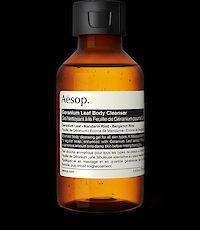Gender is a spectrum, not a binary. And for identities across the gender spectrum a visual language is not yet established. Because representation matters, it’s time to question today’s design approaches and ask what design can contribute to an inclusive world – by not (re-)producing stereotypical gender roles, but instead designing gender-sensitive and future-oriented identities. Mass-market products, which currently contain few deviations from the norm but perfidiously stereotype man and woman, offer lots of creative freedom.
Larissa Holaschke (*1990) is a teaching assistant and research associate at the Master Design specialization Trends & Identity at Zurich University of the Arts. She deals with topics of identity, design and politics.
Authors website:
https://www.zhdk.ch/person/larissa-holaschke-195512
Keywords:
#genderidentity #diversity #inclusion #gendersensitive #visuallanguage #materialculture #productdesign
Pink can be problematic when pink things are sized down, when they use plastic instead of the original metal or associated with passive, clichéd roles such as serving, helping, nursing and being pretty. Pink can be strong, when its combined with heroic, pugnacious, redeeming role models.
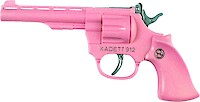

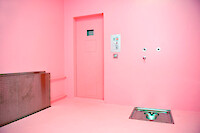
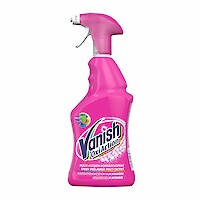

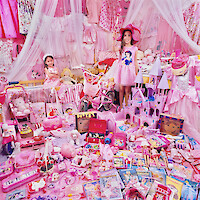



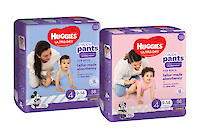
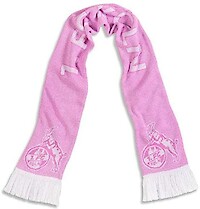
Introducing Creatable World A Customizable Doll Line
Unisex, Neutral, Agender or No-Gender Design reduces products to a single model. But neither men, women, nor the whole spectrum of genders between them would like to be reduced to a single gender.

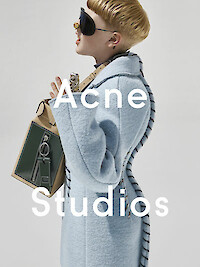
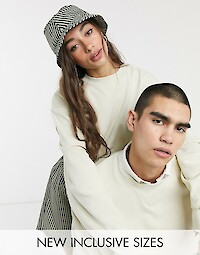

We are not designing for either «the» woman or «the» man, nor any one thing in between them, but for an endlessly broad spectrum of gender identities that we should be able to make visible though design.
Movember by Billie
https://www.youtube.com/watch?v=1D0yCsg8a64&feature=emb_logo
Introducing Creatable World - A Customizable Doll Line
Women in fact are underrepresented in certain design fields – such as graphic design and product design –, and certain initiatives have been set up to make us aware of this, such as "Notamuse" or "Depatriarchise design". There is a lack of role models for young women designers, and this also has an impact on everyday objects, such as health apps, crash-test dummies, and even the furniture on which we sit.
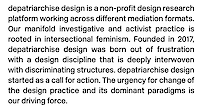
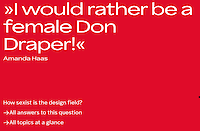
Gender-sensitive design specifically addresses the needs of a certain group – here for e.g. Muslim women, a group that is underrepresented in both our everyday culture and in our design culture.

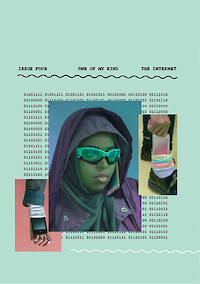
Design can change role models. Dyson made a product attractive to men that was long regarded as something female. Whereas the Bosch IXO, a power tool that was made small and handy for everyday use, became the world’s best selling power tool – for people who occasionally do DIY work, women as well as men.
The Dyson Cinetic™ Big Ball cylinder vacuum. The perfect remedy to common vacuum issues
Bosch stellt vor: IXO Collection
